Factor Origins: Part Four
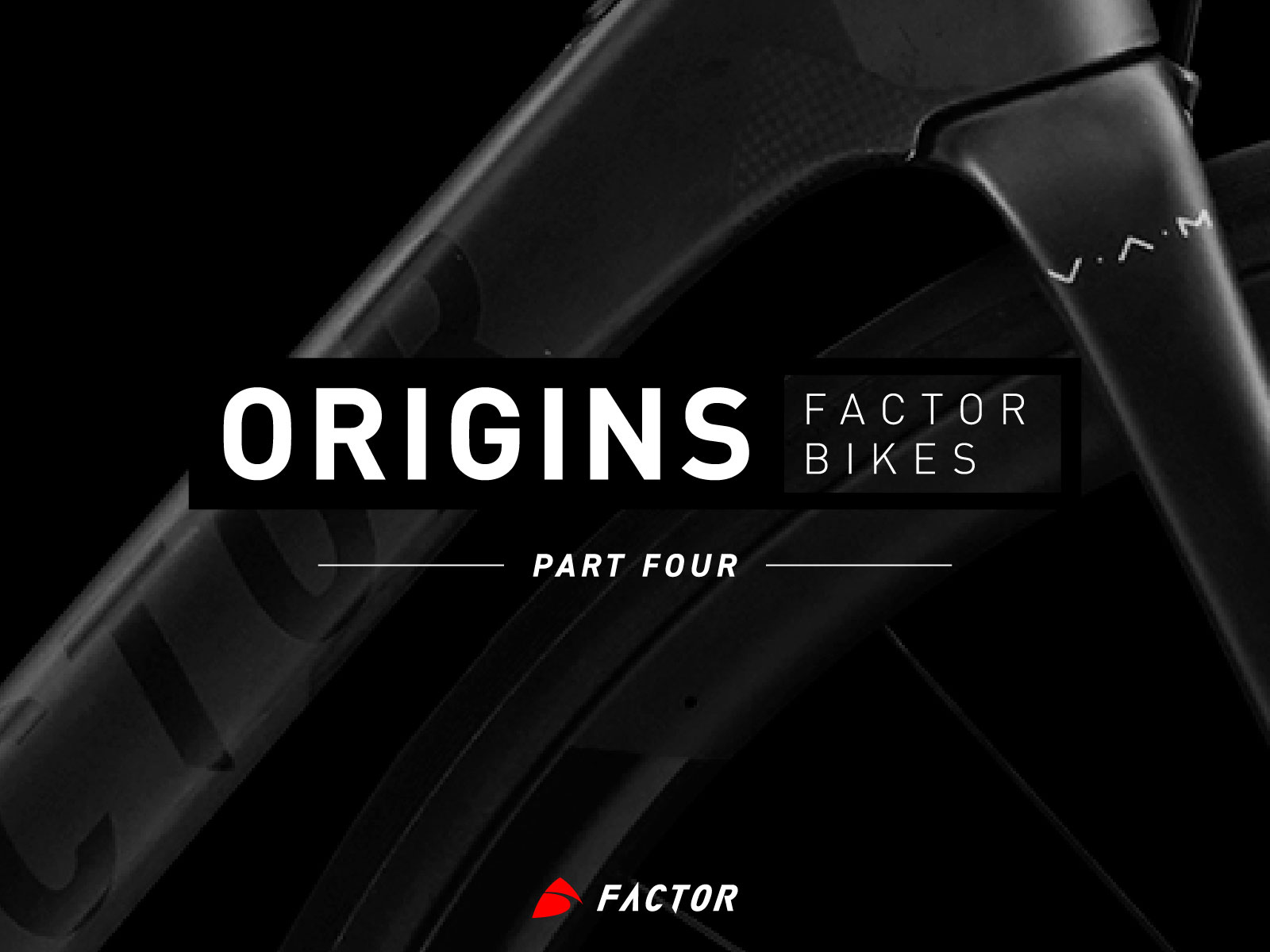
Part 4: “Engineers, unconstrained”
Having hit the ground running with immediate Tour de France success, Factor Bikes had made its name. Now it was time for the team to do what it does best – innovate.
Factor Timeline
2008 Work starts on 001
2009 Factor 001 concept revealed
2011 First media test of Factor 001
2011 Collaboration begins with Aston Martin
2012 July; A-M One-77 launched to compliment £1m hypercar
2012 August; Work begins to create the Factor Bikes brand
2013 July; First media test of Factor Vis Vires
2013 August; Vis Vires wins IF Gold award at Eurobike trade show
2015 Rob Gitelis and Baden Cooke acquire Factor Bikes
2016 Introduction of ONE
2016 Professional racing debut with UK team One Pro Cycling
2017 Introduction of O2
2017 WorldTour debut with AG2R
2017 Tour de France debut, Romain Bardet wins a stage and is 3rd overall
2019 Introduction of O2 VAM
2019 Entry to Women’s WorldTour racing with Parkhotel-Valkenburg team
2020 Return to WorldTour with Israel Start-Up Nation team
2020 Introduction of second-generation O2
The Factor Bikes story has come full circle. Born out of the world of Formula One, where technical problems are solved the expensive way, and then educated in the school of hard knocks that is the hyper-competitive bike industry, where it was forced to adapt, the brand matured into a serious force under the ownership of Rob Gitelis. A Tour de France stage win on the marque’s debut in 2017 underscored both the bikes’ performance and Factor’s arrival.
As the owner of a factory that previously made frames for some of the biggest names in the industry, Gitelis was uniquely well positioned to enable Factor Bikes to pursue the very highest standards. To lead the charge, he recruited a new Director of Engineering, Graham Shrive, who brought with him long experience in the industry and an immense passion for riding and racing.
“I’ve known Rob a long time. We’re cut from the same cloth,” says Graham. “We built the old Cervélo R5 and S3 together. He really helped me to learn a lot then. Whenever I was in Taichung, we’d go for a beer. After he bought Factor, things fell into place for us to work together.
“When we started our first bike, I asked Rob “What’s the goal for manufacturing cost?” And he said, “I don’t really care.” We do it differently at Factor. We set the performance goal and the frame costs what it has to in order to reach that goal.”
Engineers, unconstrained. Factor Bikes was back to the Formula One way of doing things.
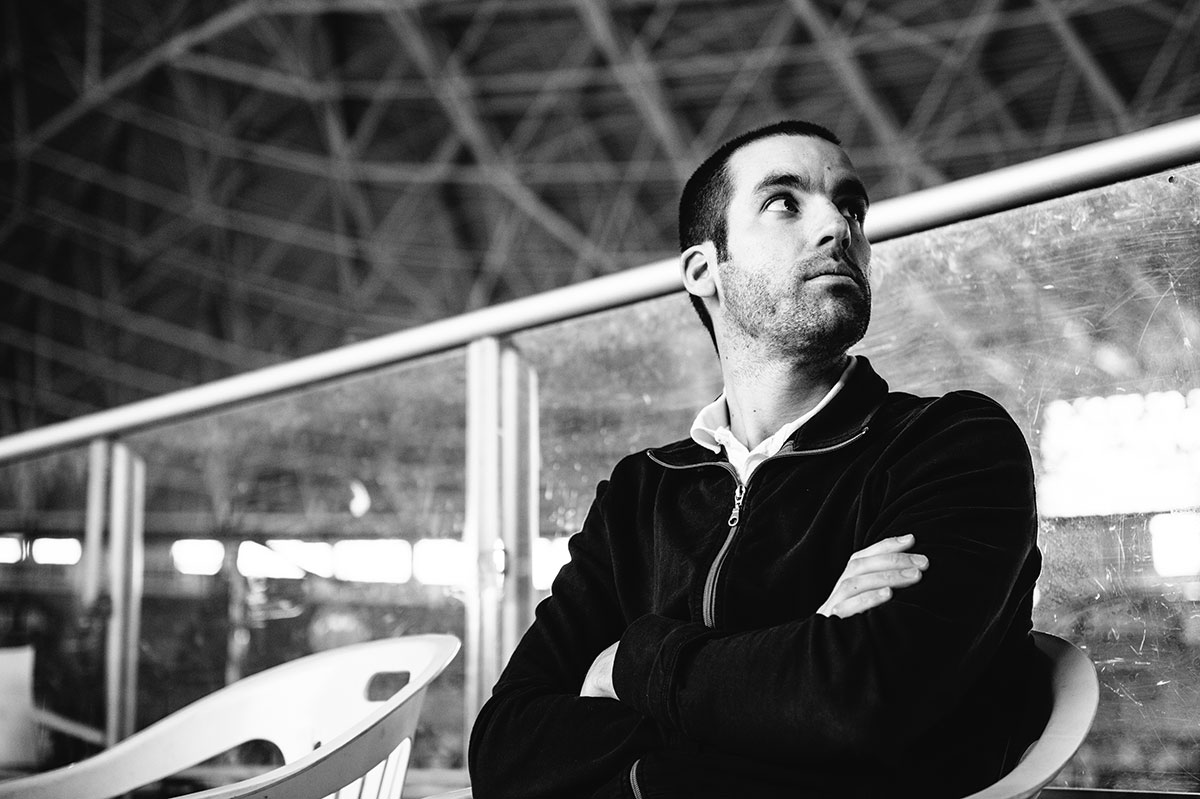
POWERED BY PASSION
Speaking with Rob and Graham about how Factor Bikes are made is a refreshing experience. It’s how you hope all bikes are made, though precious few are. Once you know a little about the budget-capped, penny-pinching realities of the modern bike industry under its mega-corps owners, to find even one manufacturer still making bikes this way is to stumble on an oasis in the desert.
They describe their work in much the same way. “Not having a ton of people, often non-cyclists, meddling in the product definition is great,” says Graham. “Our lead designer, Inigo Gisbert, is a really avid bike rider, too. He, Rob and I will rattle an idea around. We challenge and also respect each other. We come up with a really good idea and then we go after it.
“Product goals are set by riding, thinking about the customer and how they will use the bike, and we’re all riders here.” That’s an understatement – Rob is a former international pro and Graham has raced almost every discipline as a regional cat 1. These are the people you want shaping your next bike.
THE O2 VAM
Rewind to 2018. Buoyed by AG2R’s successes and an effusive reaction to the O2 from media and customers, Rob decided it was time to swing for the fence.
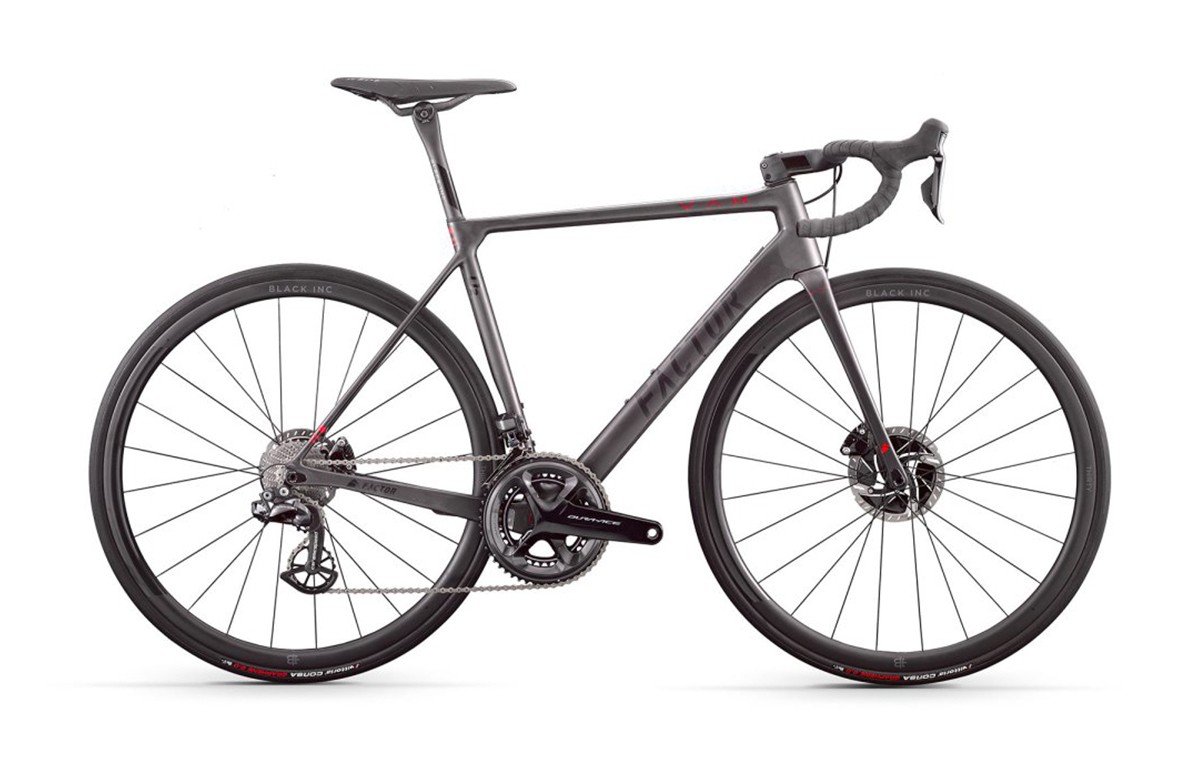
“I always wanted to make a frame with no budget constraint,” Rob says, “the very best it could be. The development of the O2 VAM took around a year. We were able to design the shapes pretty quickly, but we did about 50 different iterations to achieve the ride quality we wanted in a sub-700g disc brake frame.
“We think the O2 VAM is pretty much at the limit of how light a bike can be with great ride quality. We fully expect that other brands will come out with lighter bikes, but we don’t think they’ll be good bikes. I think this is pretty much the lightest we can make a frame that a pro would want to race.”
Achieving this level of performance required new manufacturing techniques and special materials, access to which involved its own challenges.
“We knew from the start what materials we wanted to use, but a lot of them we’d never used before. I knew that I wanted to use boron from my experience working with Cervélo, who used it in their RCA frame, and I have a fair bit of familiarity with that frame, but just importing boron into Asia is very difficult because it’s a controlled item. You need to do a lot of paperwork to show that you’re not making missiles, because that’s where a lot of it goes.”
Boron is a rare and expensive fibre with very specific properties. It’s very strong in compression without being fragile. While it isn’t suitable for widespread use in a bike frame, the design team identified the opportunity to create an extremely thin-walled seat-tube with some compliance for comfort and using the boron to maintain the buckling resistance.
As a factory owner, Rob had been able to create his cost-no-object superbike. For the same reason, he was able to limit how much of that cost reached Factor customers.
“Based on the production costs, the O2 VAM should be a $10k frame, but I know that’s not going to help us get more people onto great bikes. We threw out traditional industry ideas of acceptable margins, which I’ve always wanted to do. We’re selling frames for what we think represents great value to get more people buying and riding them, and it’s all possible because we own the factory.”
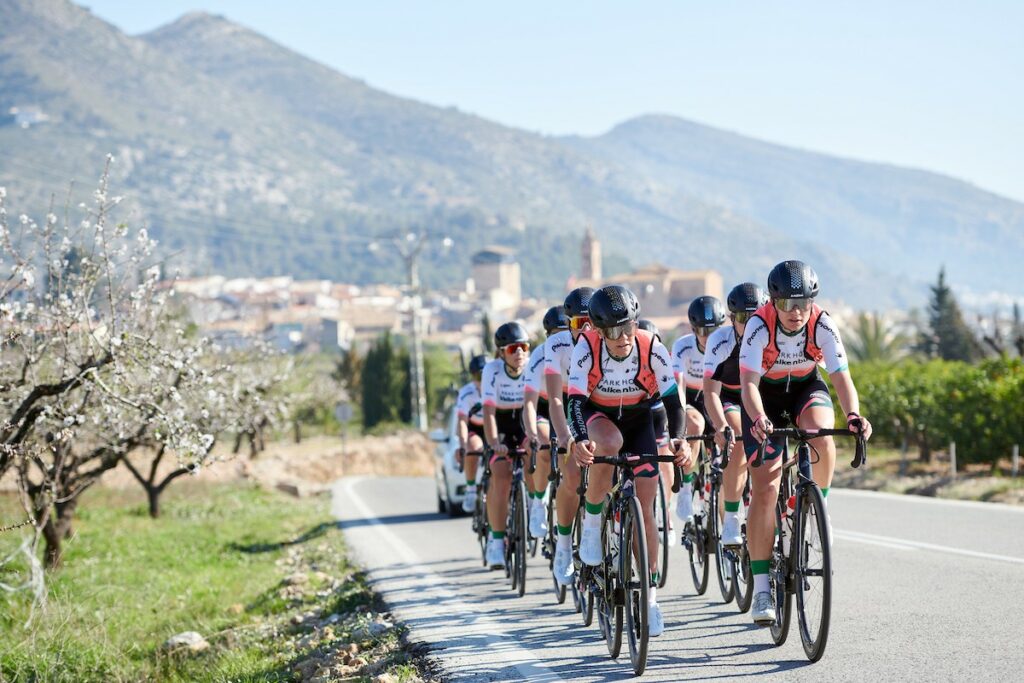
COMPETE OR DIE
Racing is in the blood at Factor Bikes and pro team sponsorship is a cornerstone of the brand’s presentation. Within months of buying the company, Rob partnered with UK team One Pro Cycling for 2016, and even named the bike after them. In 2017 and ’18, Factor supplied AG2R in the WorldTour. Then, for 2019, Factor joined the women’s peloton by partnering with the Parkhotel Valkenburg Cycling Team.
“It was another great opportunity that came along at the right time. In women’s cycling, and particularly Parkhotel Valkenburg, the return on investment is very high. They really punch above their weight and they do a really nice job for the brand. Having had this experience, supporting a women’s team is absolutely something we want to continue.
There isn’t necessarily a direct correlation to sales of bikes to women, but as a brand I see it as our responsibility to be providing equal opportunities for both men and women in racing. It’s simply the right thing to be doing.”
This year, Factor Bikes returned to the men’s WorldTour with Israel Start-Up Nation, a team that’s as young and ambitious as Factor. Exactly how ambitious became clear in July with the ground-shaking signing of Chris Froome to lead the squad at Grand Tours from 2021.
“They had been in contact with us from three years ago, when they were about to go ProContinental, and I always thought it was an interesting proposition,” says Rob. “We stayed in touch and when we were ready to move back into the WorldTour for 2020 at the same time as they were stepping up themselves, it all made sense.
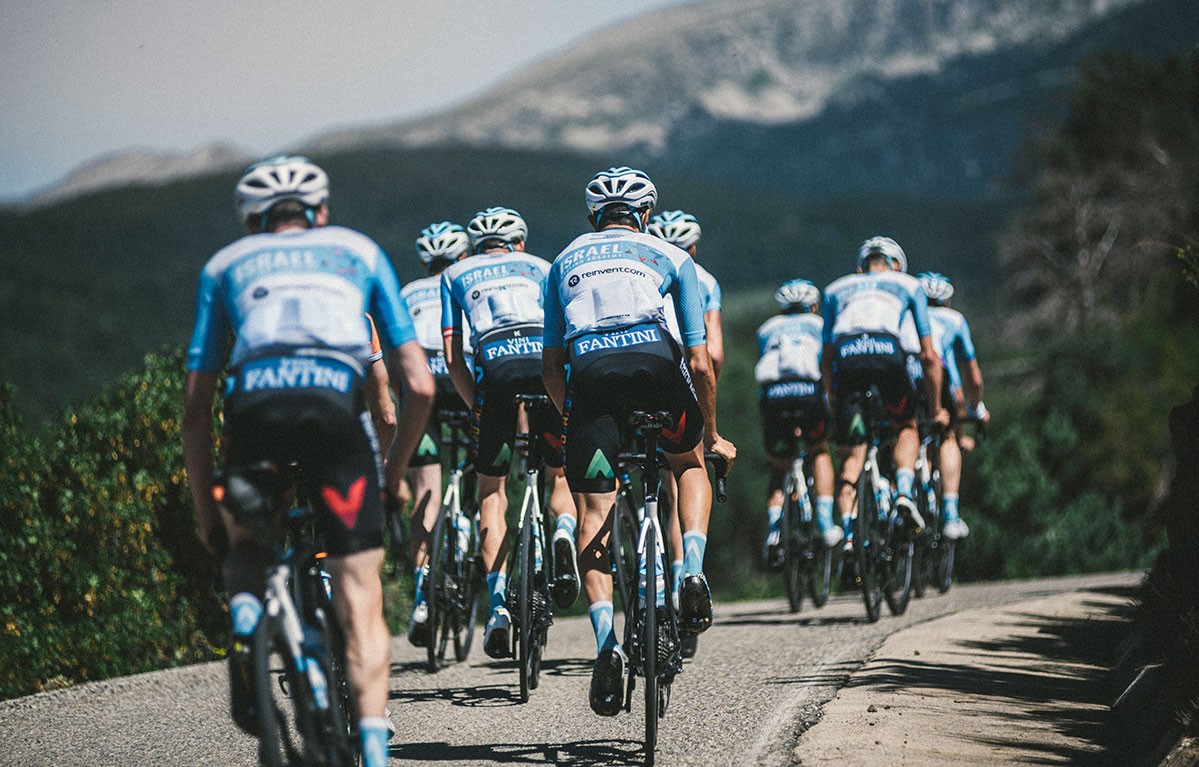
FUTURE VISIONS
As a young brand with its own factory, a fast-growing reputation, and a passion for engineering, Factor Bikes gazes out at a world of possibilities. A new gravel bike, the race-focused LS, has just been launched and other exciting models are in the works. What guardrails exist for the brand’s expansion?
“It’s hard to say exactly what the range will look like in five years,” says Rob, “but I will say that I don’t want Factor to be pigeon-holed into certain sectors. I want us to remain a performance bike company with a range that’s a lot broader than it is now.”
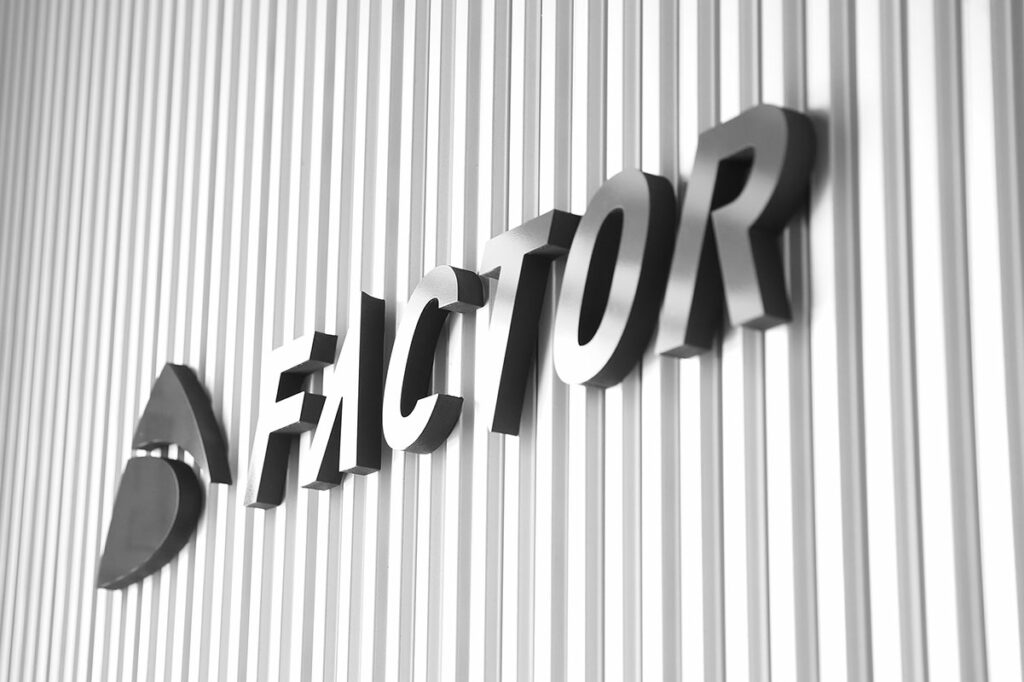
For his part, Graham knows exactly where his work is headed. “In my process, you build something, ride it, learn from it, and the next step is immediately apparent. As soon as you finish a bike, you have a list of things you could have improved upon, so you set to doing them.”
While each new development opens a door to the following step, there are engineering principles in place to guide the direction. For example, frame stiffness isn’t pursued blithely to hit marketing-friendly increases. “At Factor, we have a more nuanced approach,” says Graham. “We think about stiffness balance between the frame’s torsional and bottom bracket stiffness. Rather than the maximal values, this relationship is where the secret sauce lies.”
More artisanal still is the selection of specific types of very high-grade carbon fibre to achieve what Graham calls Factor’s ‘ride tone’, the character of the frame, similar to the tone of one musical instrument versus another:
“Materials dictate the ride tone. All of our bikes have a really bright ride tone thanks to the expensive high modulus fibres that we use. There are some even more expensive fibres out there which we’re declining to use because they wouldn’t deliver the tone we want.
“Doing a good job with carbon fibre is still harder than most people think, so it’s far from universal. Our factory simply takes care of stuff. They get it done and done right,” says Graham.
For Rob and Graham, Factor Bikes is about going back to what fuelled their fire for making bikes in the first place – integrity, passion for the product, and commitment to the customer. They care deeply about making the best bikes possible.
With F1 in its blood, Factor Bikes is the very opposite of a bean counter’s brand, the antithesis of ‘that’ll do’, a warrior against mediocrity. Factor Bikes exists to operate at the pinnacle, and it’s only just getting started.
Catch up on the complete Factor Origins Series here: Read Part One Here | Read Part Two Here | Read Part Three Here

© 2025 Factor Bikes. All rights reserved / Privacy Policy |Terms